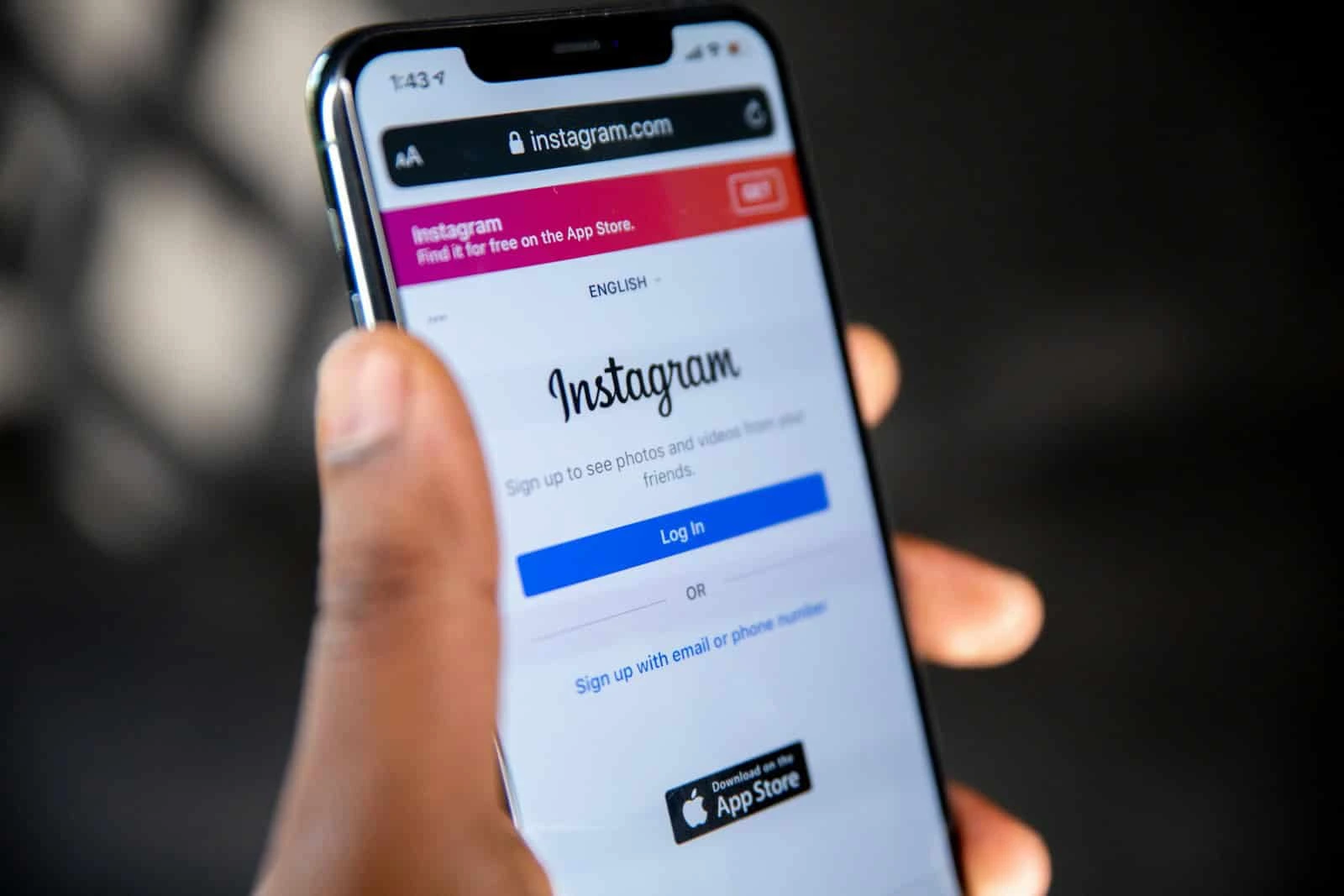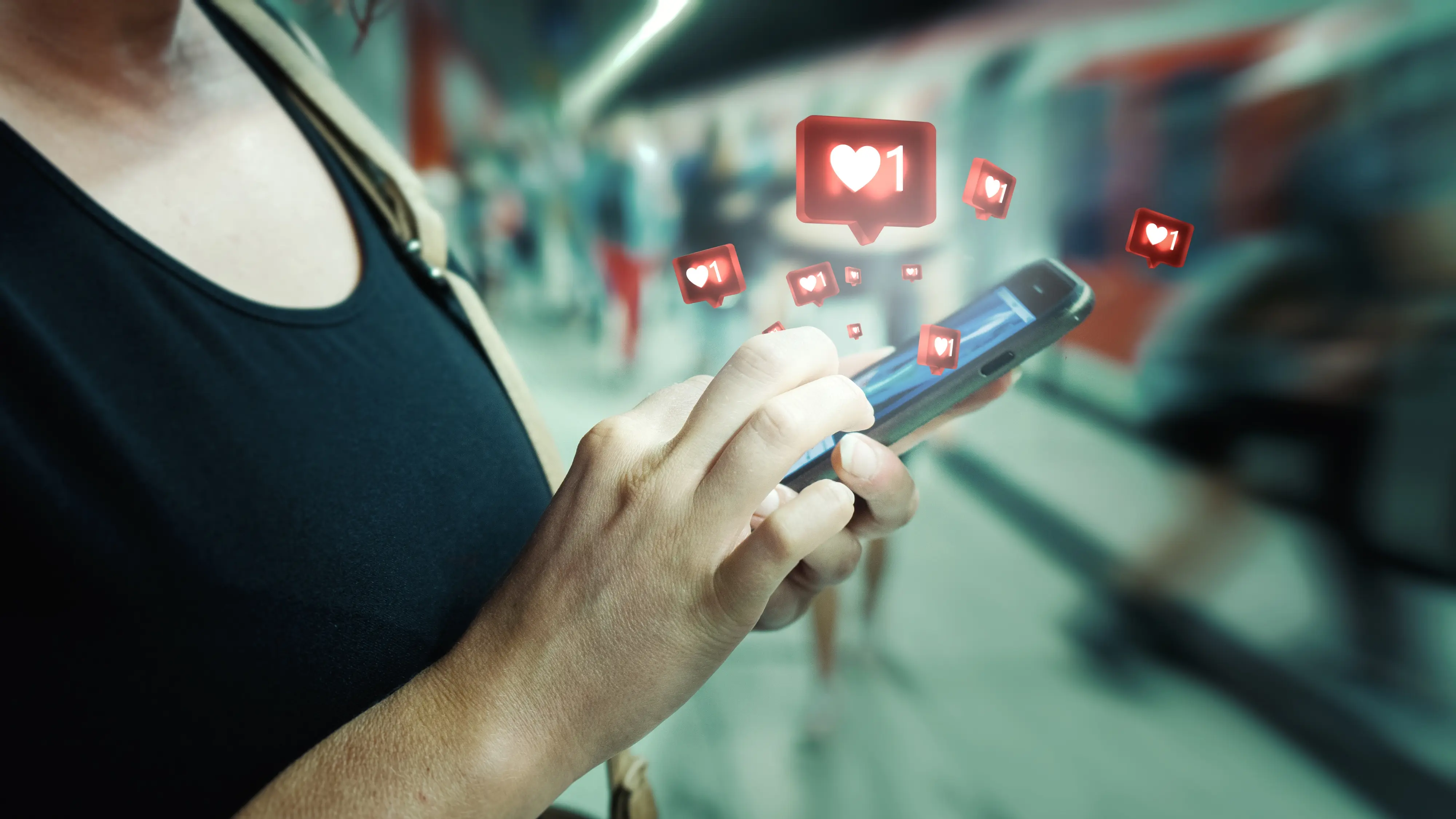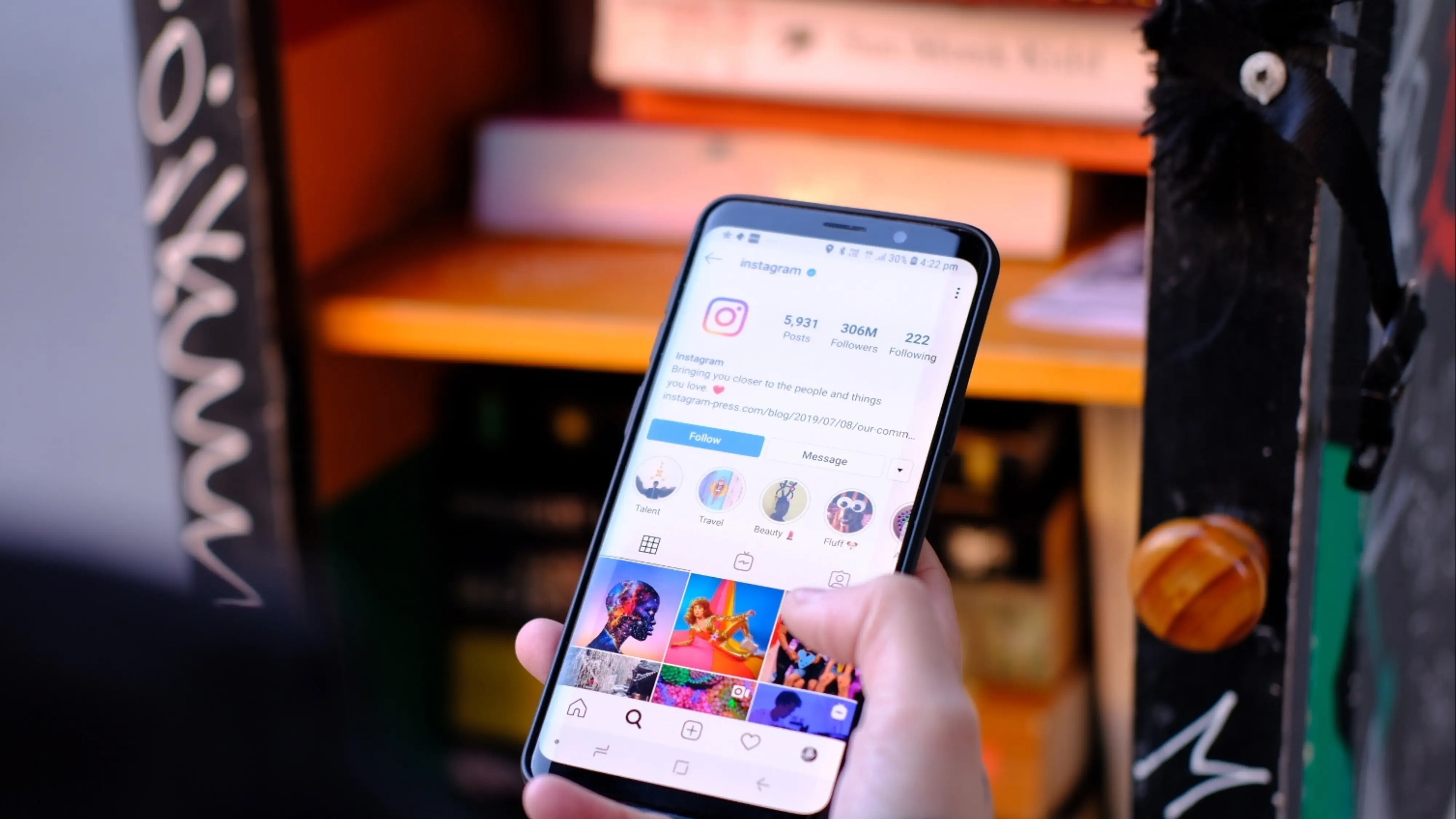In response to growing concern about the impact of social media on mental health, Instagram has launched an innovative mode called 'Slow Social', designed to encourage more conscious and less addictive use of the platform. This initiative represents a paradigm shift for the company, traditionally focused on maximizing usage time and engagement.
Slow Social, already available as an experimental option for selected users in Spain and other European countries, fundamentally redefines the experience on the platform. The alternative mode introduces deliberate limits and structural changes that radically contrast with the traditional Instagram experience.
"We recognize that the conventional social media model can generate problematic habits in some users," explains Marta Sanchez, Instagram spokesperson for southern Europe. "Slow Social is our response to those who wish to maintain meaningful connections without feeling trapped in endless content loops."
Among the distinctive features of Slow Social are:
• Non-modifiable daily limit: Restricts use to 30 minutes per day, after which the application automatically closes until the next day.
• Exclusive chronological feed: Completely eliminates recommendation algorithms, showing only posts from followed accounts in temporal order.
• No push notifications: Alerts only appear when opening the app, eliminating constant interruptions.
• Deliberate delay: Implements a 3-second pause between scrolling posts to encourage more conscious consumption.
• Story limit: Reduces to 5 the number of consecutive Stories that can be viewed from the same user.
• Wellness reminders: Displays periodic messages suggesting taking deep breaths or looking away from the screen.
Psychologist Carlos Moreno, a specialist in technological addictions, views the initiative with cautious optimism: "It's a significant step for a platform of this magnitude to recognize its addictive potential and implement structural, not just cosmetic, changes. The design of Slow Social incorporates principles of conscious use that could really modify problematic patterns."
The initial response from users has been mixed but mostly positive. Marina Gonzalez, a 22-year-old university student participating in the beta phase, shares her experience: "At first it was disconcerting, even frustrating. But after two weeks, I've noticed that I value each minute on the app more. Curiously, I enjoy Instagram more now that I use it less."
However, some critics question whether this initiative represents a genuine change in the platform's philosophy or simply a strategy to mitigate criticism about its negative impact. "It's positive, but let's not forget that their business model still primarily depends on usage time and generated data," notes Teresa Ruiz, a researcher in technological ethics at Complutense University.
Instagram has confirmed that Slow Social will remain as an alternative option that users can activate or deactivate, with no plans to make it the default experience. The company has also announced that it will carefully study usage patterns and feedback during this initial phase before expanding the feature globally.



